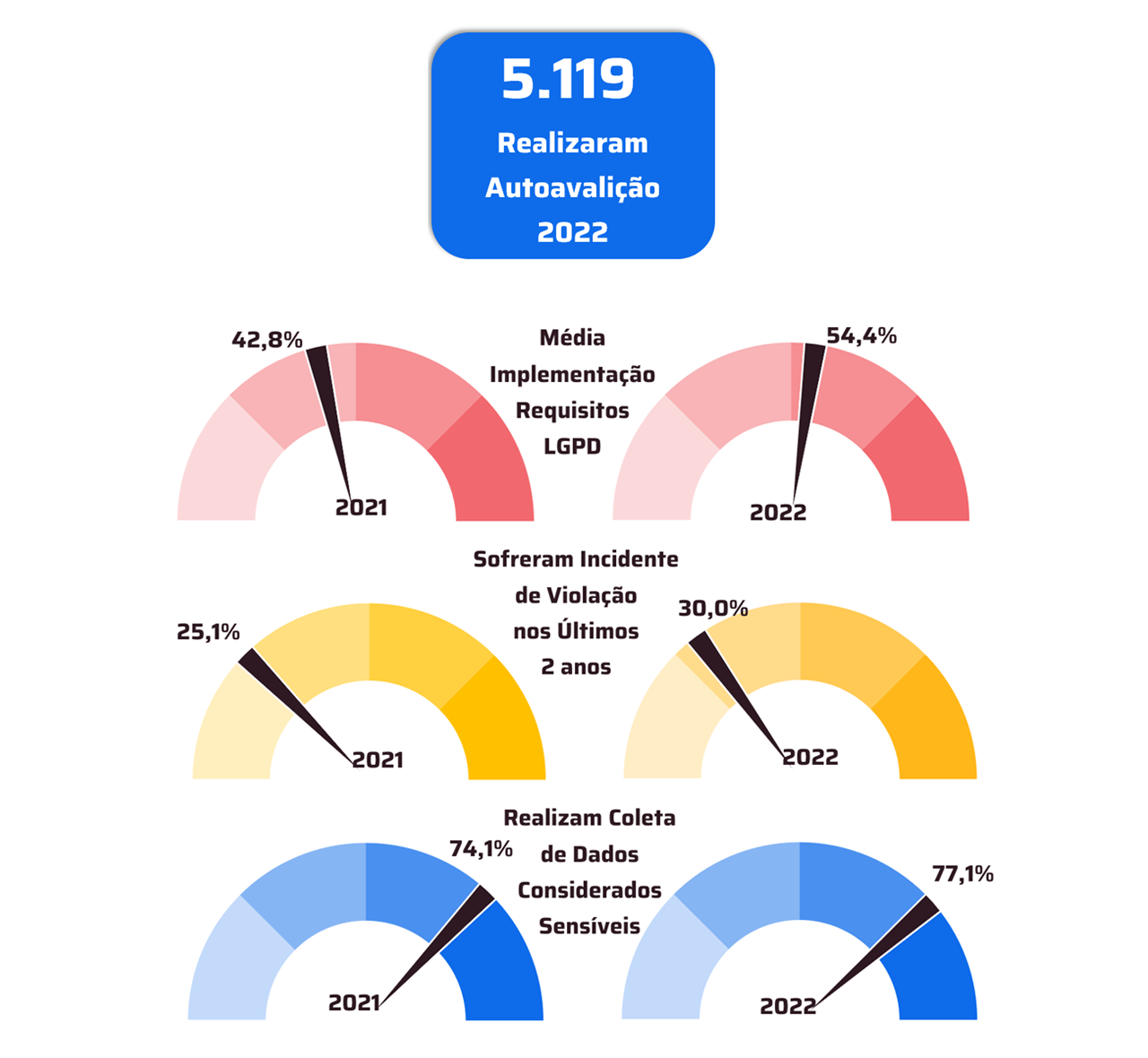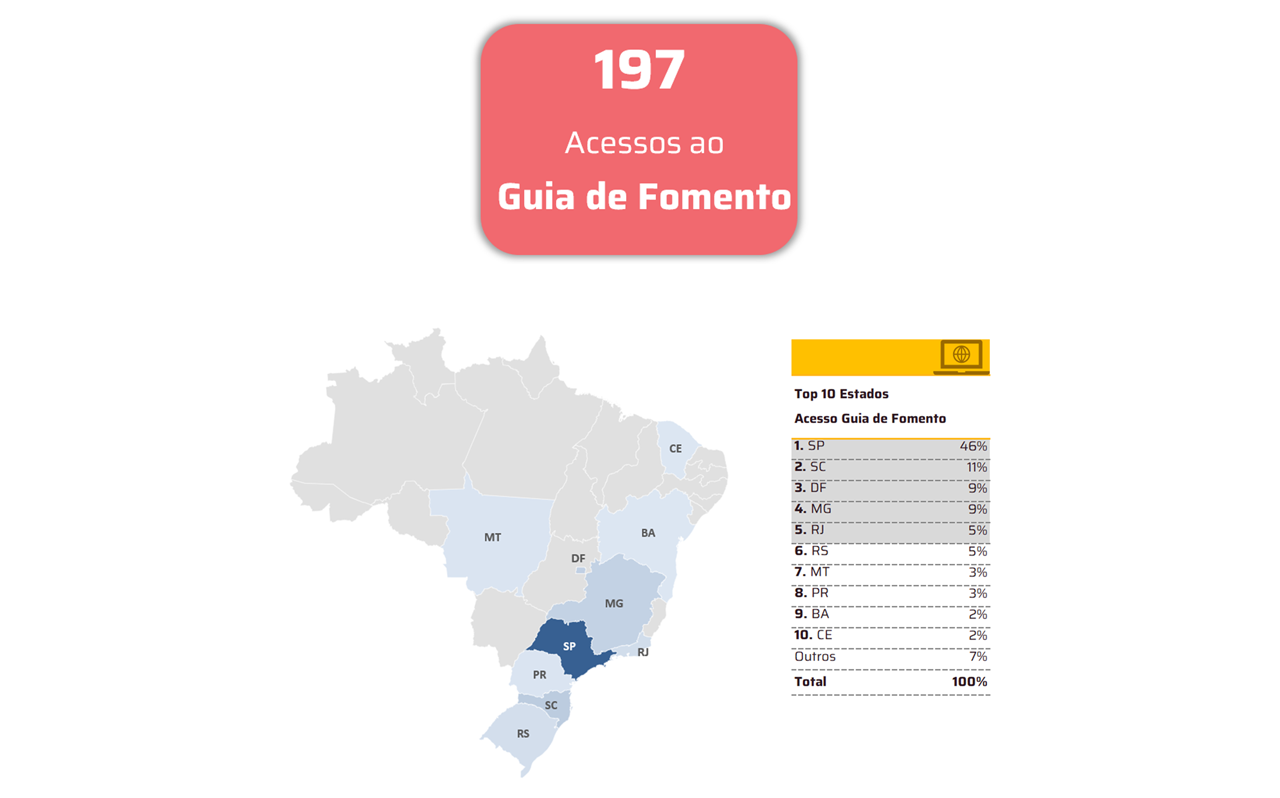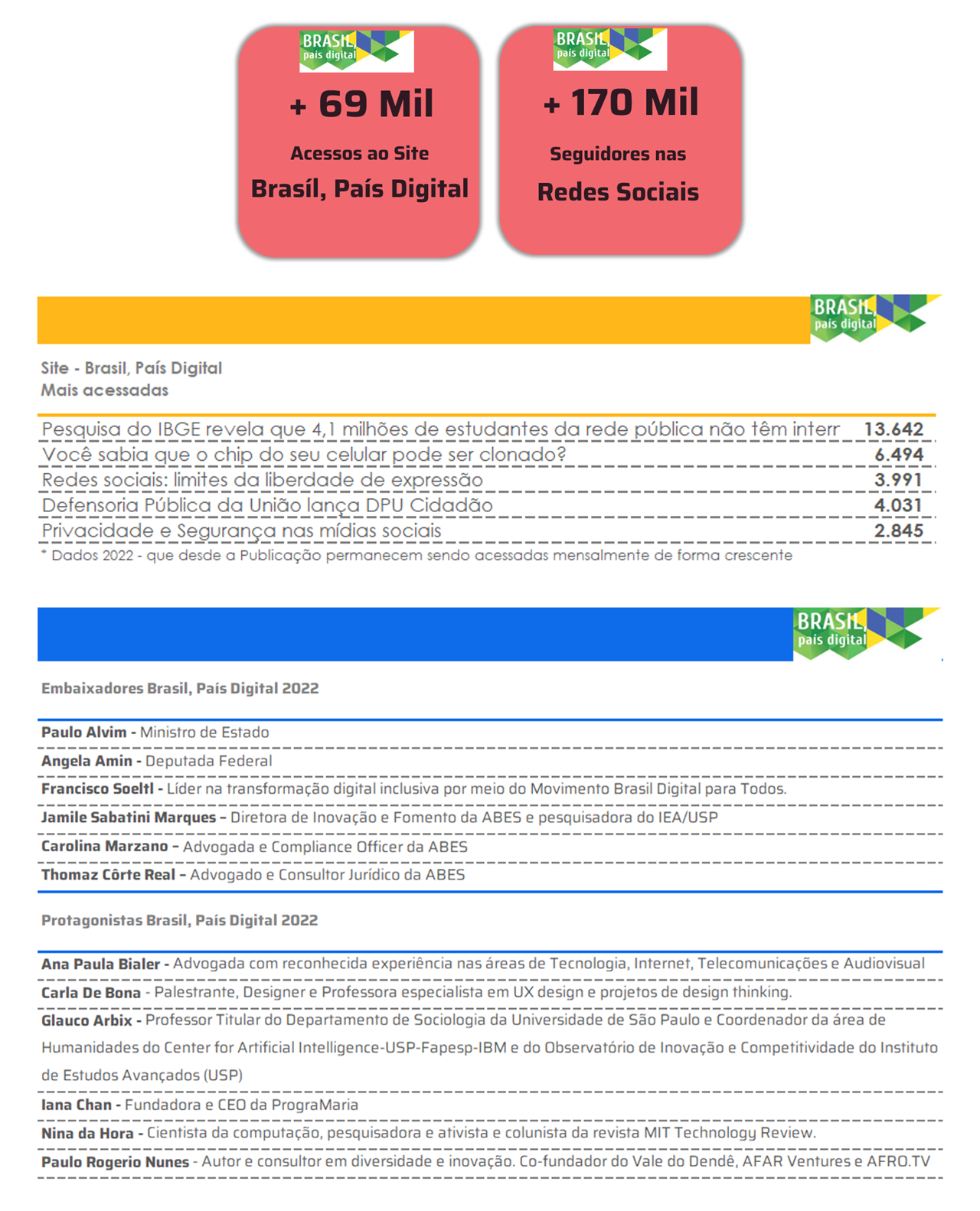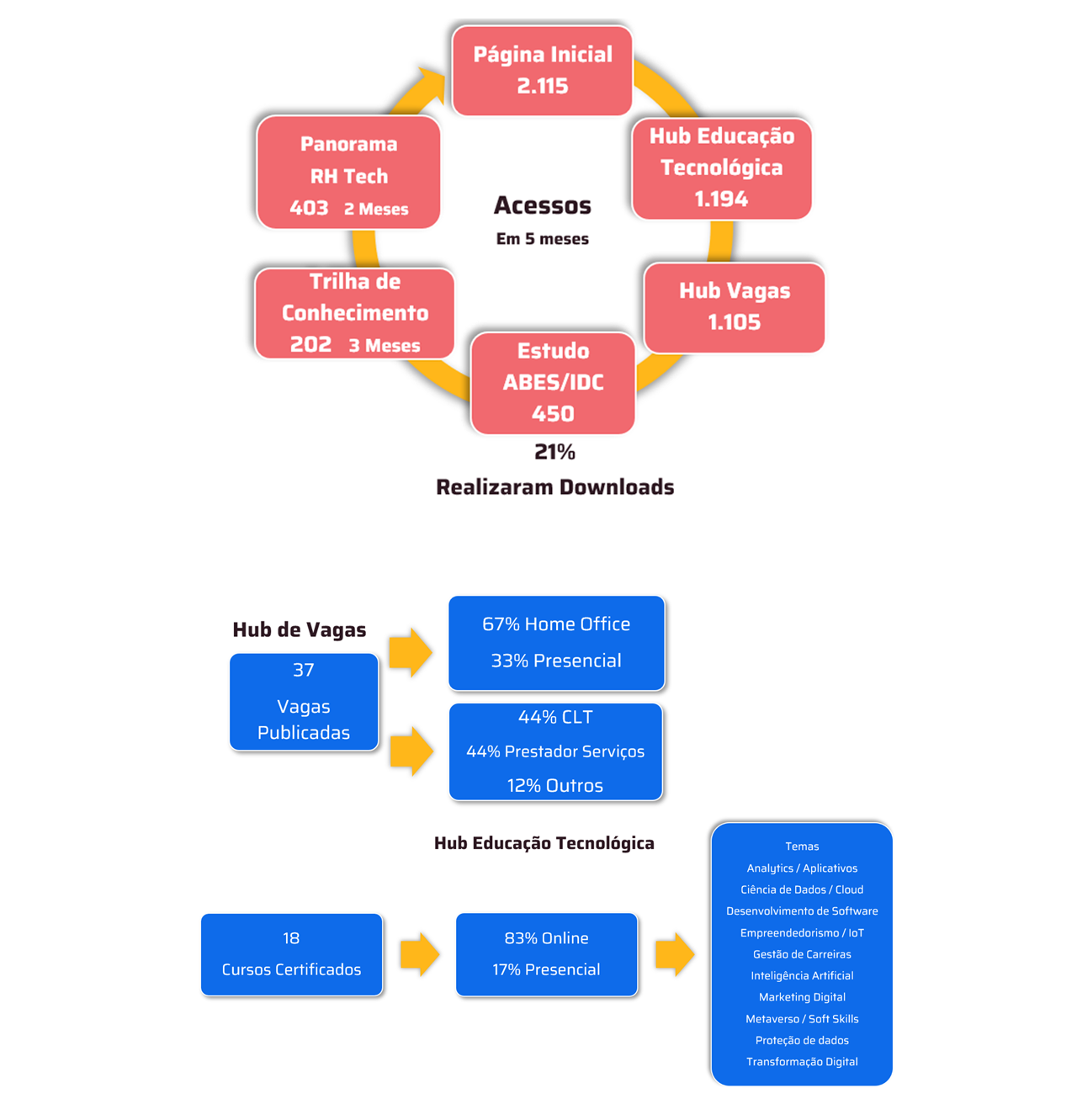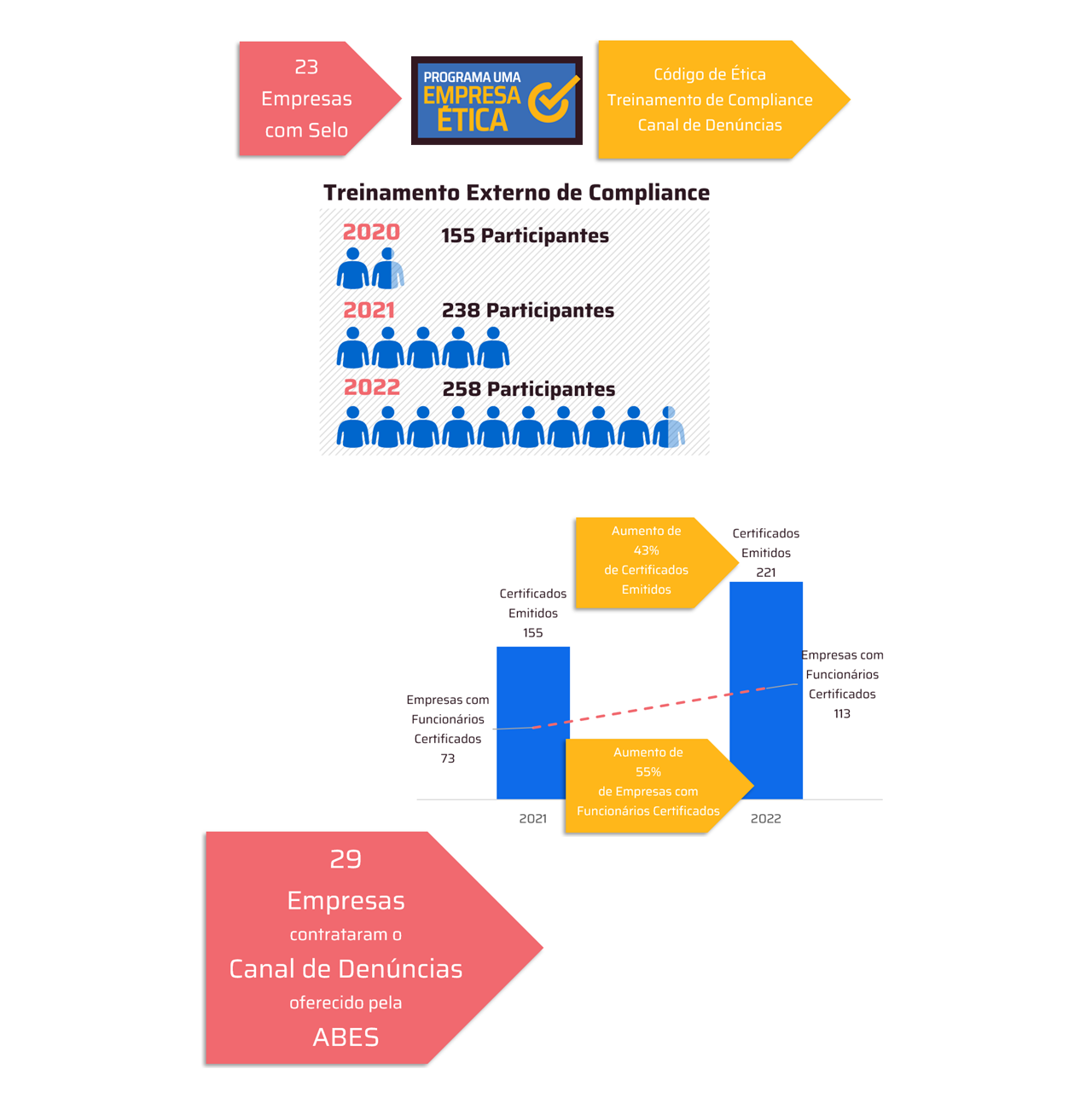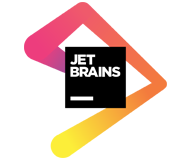IoT sensors and georeferenced data help Caxias do Sul create smarter public policies focused on citizen well-being
 *Per Daniel Luis Notari and Mayron Dalla Santa de Carvalho
*Per Daniel Luis Notari and Mayron Dalla Santa de Carvalho
Cities have always been synonymous with challenges and opportunities. With more than 68% of the world's population expected to live in urban areas by 2050, according to the UN, urban centers have become the stage for urgent transformations related to sustainability, mobility, safety, and quality of life. In this context, the idea of smart cities is gaining prominence—but it needs to go beyond the digitalization of services: it needs to place citizens at the center of the equation.
It was with this perspective that a research project was developed in the city of Caxias do Sul (RS), whose focus was to create technological solutions that would allow the collection and analysis of urban environmental data, integrating this information with secondary data such as public safety records, censuses and citizen satisfaction surveys with life in the cities.
The research resulted in the development of two interconnected technological artifacts: i) IoT Device – Equipment attached to the exterior of city buses (Figure 1), capable of collecting environmental data such as temperature, humidity, light, noise, and air quality, georeferenced every 10 seconds; and ii) Digital Platforms with GIS – Systems based on georeferencing technology capable of cross-referencing sensor data with public information and citizen perceptions. This enabled dynamic, multidimensional, and visual spatial analyses that display on maps, for example, where there is a greater sense of insecurity combined with low levels of lighting or high noise pollution, and the relationship between satisfaction with leisure, population density, and high levels of air pollution.
 Figure 1 – Physical installation of devices in vehicles
Figure 1 – Physical installation of devices in vehicles
Over four months, two sensors collected more than 2 million environmental records. This data was cross-referenced with more than 240,000 secondary records, generating a database for use in urban planning, public policy, mobility operations, and scientific analysis. Figure 2 shows a page from the dashboard created.
 Figure 2 – Dashboard with collected environmental data
Figure 2 – Dashboard with collected environmental data
The innovative feature of this project lies in its use of technology with a focus on citizen participation. By incorporating subjective variables, such as perceptions of safety and satisfaction with the neighborhood, it demonstrated that urban intelligence goes beyond algorithms—it depends on active listening and citizen participation. This approach aligns with the UN Sustainable Development Goals (SDGs) and the ISO 37122 standard, which guides smart and sustainable cities.
Furthermore, the use of geospatial techniques such as kriging made it possible to popularize maps (Figure 3) and interpolate information and display critical areas of the city based on real data, in order to enable the formulation of policies and preventive actions in health, security and urban infrastructure.
 Figure 3 – Data displayed on a map
Figure 3 – Data displayed on a map
Despite the advances, challenges remain. In the technological sphere, the need for investment in equipment and training to implement and maintain innovative technological environments can pose an obstacle. Beyond technology, the government's governance structure needs to be equipped and coordinate efforts to leverage this data to effectively improve the urban fabric. Therefore, it is proposed that smart city projects integrate participatory and collaborative models from the outset; data governance policies; and technological infrastructure tailored to the local context.
Our study shows that it is possible—and desirable—to combine technology, social science, and public policy for the direct benefit of the population. Truly smart cities are those where technology is instrumental in improving citizens' quality of life.
*Daniel Luis Notari is a researcher at the ABES Think Tank and the City Living Lab/PPGA – University of Caxias do Sul. Mayron Dalla Santa de Carvalho is a researcher at the ABES Think Tank and the City Living Lab/PPGA – University of Caxias do Sul.
Notice: The opinion expressed in this article is the responsibility of its authors and not of ABES – Brazilian Association of Software Companies
Article originally published on the IT Forum website: https://itforum.com.br/colunas/cidades-inteligentes-dados/





